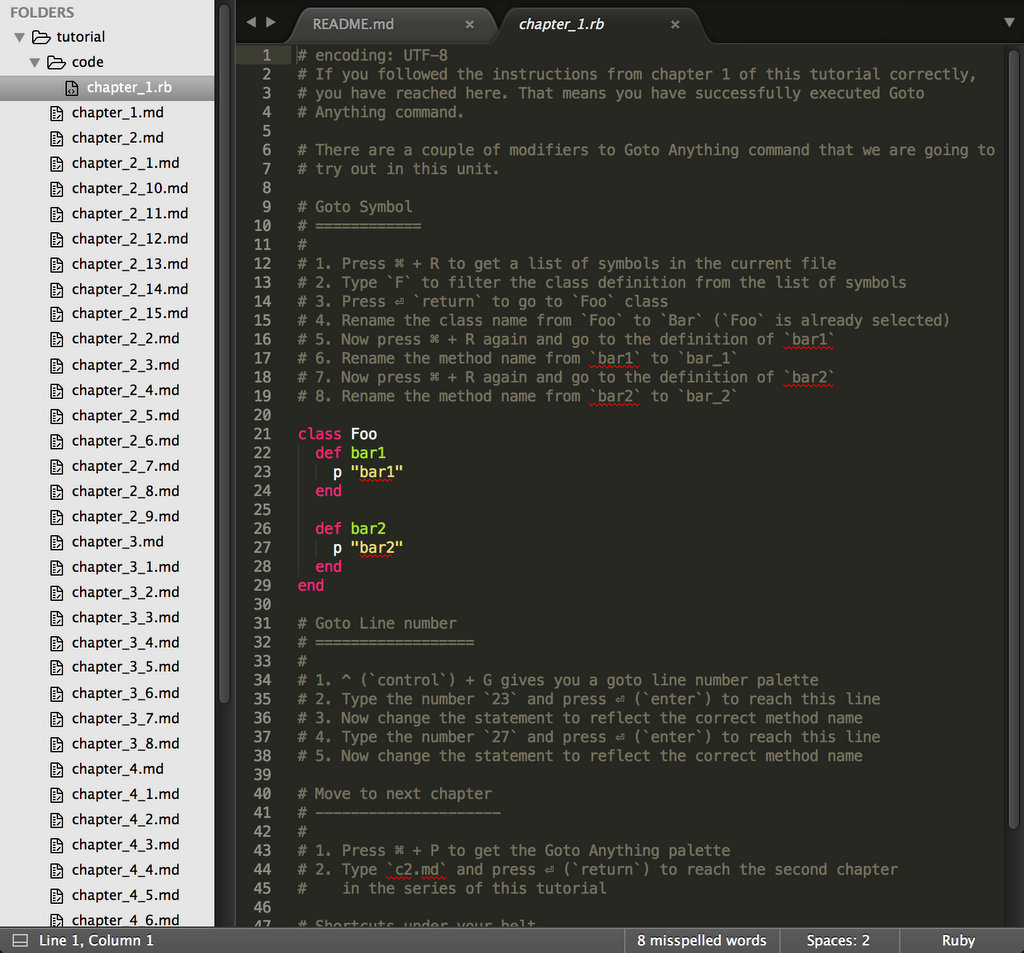
Here are some links with mentions to subl, one is an official page, and the other one is a StackOverflow answer. Installing Sublime Text on openSUSE is made easy thanks to the Zypper package manager.Please, do not mark this package as outdated because it is not, I won't change it to subl3 because this is not how the official sublime text organization intended to ship their binary.Īgain, all tutorials in the internet tell the user "type subl in the terminal", you're suggesting a breaking and unnecessary change, both packages conflict because the released binaries are supposed to be named subl.īecause of this, ST2, ST3 and ST4 packages will conflict.Īfter your comment I went to the official Discord server just to be 101% sure, and yeah, I got the confirmation that this is the right decision to make.Īlso, note that I cannot change ST2 or ST4 packages, I can only change ST3's one, so your suggestion would not work (don't forget that there are multiple other packages, not only three).
Sublime uninstall package install#
Once it's added, update the package list and install Sublime Text by running: sudo dnf updateįor removing Sublime Text, run: sudo dnf remove sublime-text Installing Sublime Text on openSUSE Then, add the repository for Sublime Text with: sudo dnf config-manager -add-repo With it, you can install, upgrade, remove, and view with ease the list of packages or plugins that you have installed in SublimeText. Package Control is the first thing that you have to install right away after installing SublimeText. To install Sublime Text, first, run the command below in the terminal to add the GPG key: sudo rpm -v -import 12 Most-Wanted Sublime Text Tips and Tricks. On Fedora, you can install and manage packages using DNF.

In case you no longer want to use Sublime Text, you can delete it from your computer with: sudo yum remove sublime-text Installing Sublime Text on Fedora Everything is via the command palette really, youve also got things like. Now, add the Sublime Text repository with: sudo yum-config-manager -add-repo Īnd finally, run the commands below to install Sublime Text: sudo yum update This is where you install packages from, remove packages or find settings. To install Sublime Text with YUM, first, add the GPG keys using the following command: sudo rpm -v -import
Sublime uninstall package code#
To delete Sublime Text, run: sudo pacman -R sublime-text Installing Sublime Text on CentOSĬentOS uses YUM, which simplifies the package installation process on the system. AUTO-CLOSE TAG EXTENSION FOR VISUAL STUDIO CODE Some Features of Auto-Close Extension Usage SUBLIME TEXT 3 MODE EXTENSION. Once it's added, update the repository and install Sublime Text with: Then, add the repository by running: echo -e "\n\nServer = " | sudo tee -a /etc/nf You can do this using the following command: curl -O & sudo pacman-key -add sublimehq-pub.gpg & sudo pacman-key -lsign-key 8A8F901A & rm sublimehq-pub.gpg

On Arch Linux, you can install Sublime Text using pacman. If you wish to remove Sublime Text from your system, run: sudo apt remove sublime-text Installing Sublime Text on Arch Linux

Now, enter the following command to add the GPG key: wget -qO - | sudo apt-key add -Īdd the Sublime Text repository to the system with: echo "deb apt/dev/" | sudo tee /etc/apt//sublime-text.listįinally, update the APT sources and install Sublime Text by entering: sudo apt update 2- Chn -> Xa ty chn gi, sau khi bn chn, n s hin th tt c cc gi c ci t trong cao siu ca bn, chn mt trong. 1- Chuyn n menu Sublime-> Ty chn hoc nhn Ctrl + Shift + P. Running Ubuntu or its derivatives means you can use the APT package manager to install programs, and that's what we'll use to install Sublime Text too.įor this, first, open the terminal. Cc bc n gin xa bt k gi no khi Sublime nh phpfmt, Xdebug, v.v. If you're running Ubuntu, Arch Linux, CentOS, Fedora, or openSUSE, you can follow the instructions in the sections below to install Sublime Text on your machine. If you want to keep the package, you can look for an alternative. Sublime Text is available on most Linux distros via their respective package managers. In Sublime Text, go to Preferences > Package Settings > Package Control > Settings Default and removed them from the installed packages list. Install Sublime Text Using a Package Manager To make things easier, here's a guide with step-by-step instructions to install Sublime Text on Linux.


 0 kommentar(er)
0 kommentar(er)
